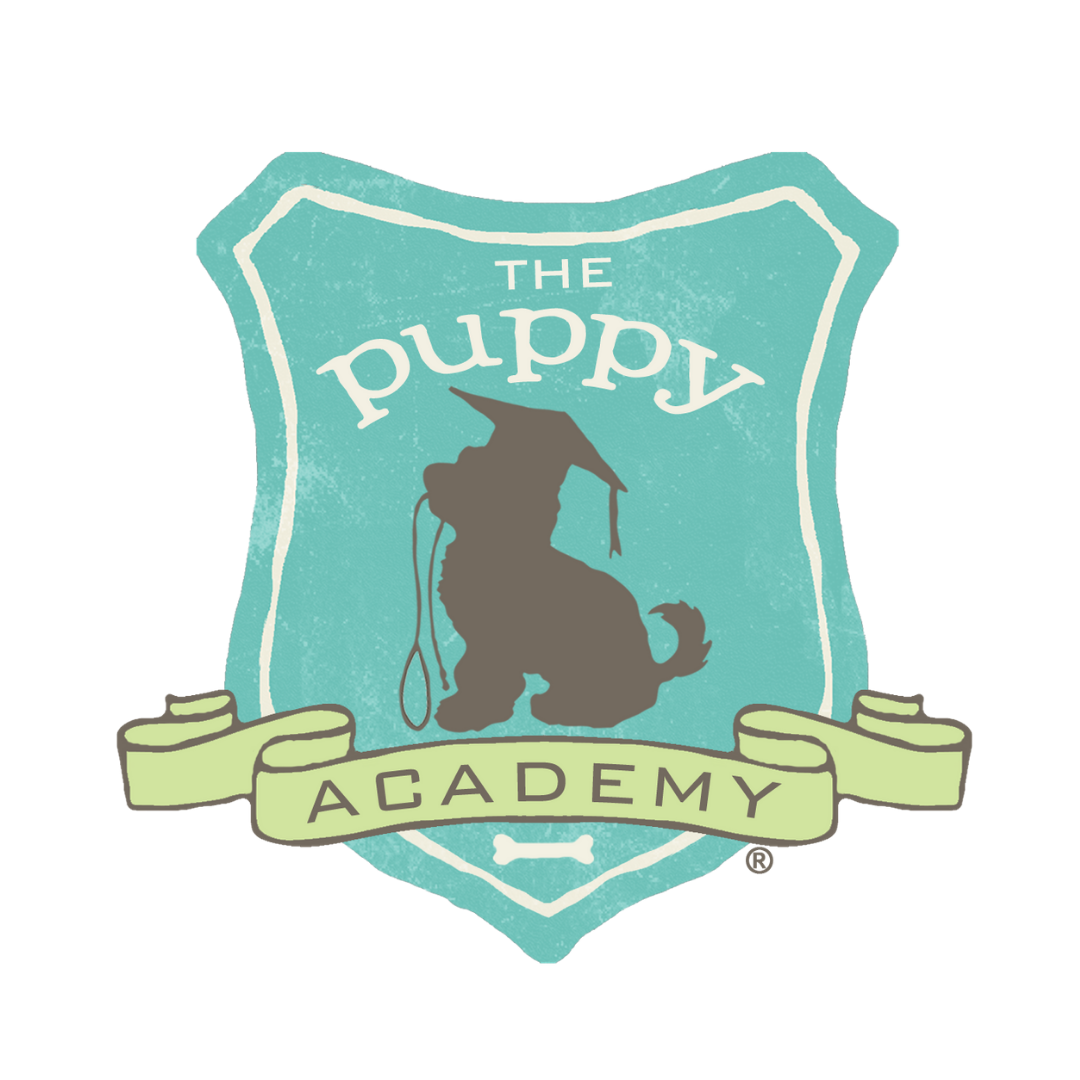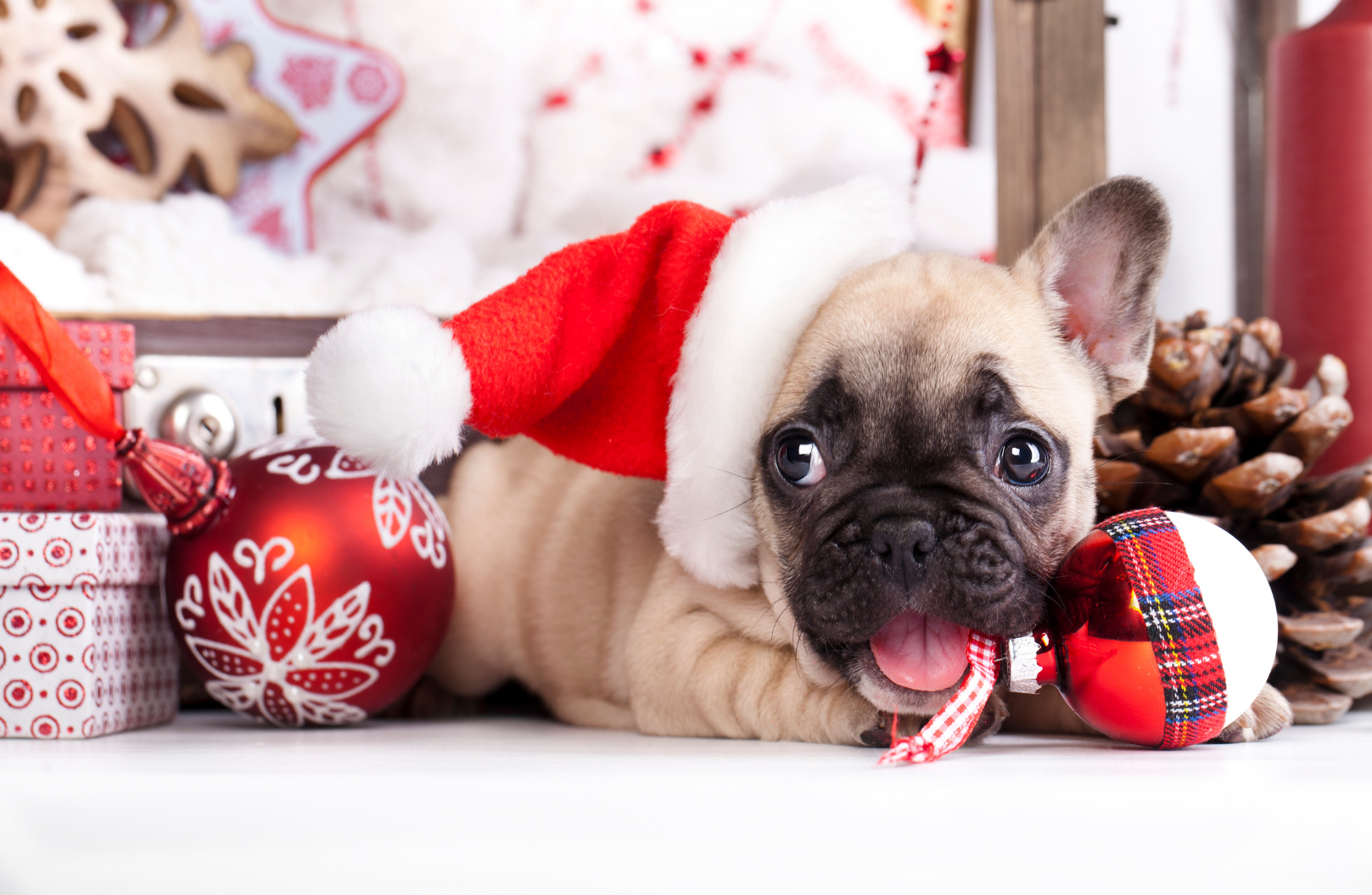In search of a new forever best friend? Not sure what puppy breed works best for you and your family? We’re giving you a deeper dive into popular dog breeds, from a puppy trainer’s perspective, to help you make this incredibly life-changing decision!
The Siberian Husky, known for their striking appearance, vocal abilities, and love of adventure, this breed is a favorite amongst thrill-seeking owners!
How do you know if the Siberian Husky is the right fit for you and your family? We’re offering you a puppy trainer’s take on this breed, from their personalities, care needs, and of course, training advice to help you raise a wonderful adult dog!
A Brief Background on Siberian Huskies!
Originally developed by the Chukchi people in Russia as a sled dog, the Siberian Husky eventually caught the attention of Alaskans in the early twentieth century and made their way over to North America.
Quickly, the Siberian Husky excelled as a sled dog. Their claim to fame came thanks to their use to transport antitoxins to Nome, Alaska during an epidemic of Diptheria. Today, a commemoration of the heroic and life-saving trek of these pups is remembered in the annual Iditarod trail sled dog race. And if you pay a visit to Central Park on the Upper West Side in New York City, stop by the bronze statue of the sled dog, Balto, that completed the transport, erected in 1925.
What are Siberian Husky Breed Characteristics?
These pups are true working dogs and with that come certain drives that prospective owners will need to fulfill to raise a well-balanced adult dog! Siberians love to run and explore, a lot! Siberian Huskies have a generally friendly personality, even with complete strangers, making them great for families with kids but not necessarily an ideal guard dog. That high-energy and prey drive means your Siberian Husky pup loves to chase after things so be aware they may not be the best suited for a house with smaller animals or cats. However, good socialization and being raised with another animal may help them to learn to coexist!
What are Siberian Husky Personalities like?
Siberian Huskies are pack animals and need to be around their people. You may have seen a few videos online of these pups “talking” with their people and it’s true! Known to be quite a talkative breed, Siberian Huskies use whimpers, yowls, howls, growls, and barks to communicate with you and gain your attention. It’s all part of their charm!
As a company-loving breed, long periods of alone time aren’t the best for Siberian Huskies. Prone to mischief if left too long to their own devices, this pup may get into things they aren’t supposed to, demonstrate destructive behaviors, or decide to go off exploring.
What is a Siberian Husky’s Ideal Living Environment?
Given their personalities and exercise requirements, just having a home with a fenced-in yard for your Siberian Husky to romp around and burn off some energy, isn’t quite enough to keep them satisfied. Huskies need lots of mental exercises! This means stimulation that uses their brain through activities that are productive, like hikes, pulling something, obedience training, and sport work! Owners with active lifestyles, and preferably adventurous, would be a great match for a Siberian Husky.
These pups are also super smart, so if they aren’t challenged enough and get bored, they’ll find other (often mischievous) ways to occupy themselves. Ensure that your home is secure, including outdoor areas they have access to. Siberian Huskies are known to like to escape and explore, so be preventative and also make sure they always have their ID tags on them, in case they were to get loose.
Lastly, although Huskies thrive in cold weather with their double-layered coats and love the snow, they can also do well in areas with warmer climates as their fur helps to self-regulate their body temperature! If you are in an area that has hotter seasons, being able to provide your pup with shade and cool, temperature-controlled living space will help keep them even more comfortable.
JOIN US EACH WEDNESDAY AT 1 PM PT FOR OUR LIVE TRAINER Q&A SESSION ON @THEPUPPYACADEMY INSTAGRAM!
How to Care for Your Siberian Husky!
Generally, the Siberian Husky is hardy and healthy, living a lifespan of 12-14 years. Do your research prior to bringing home one of these pups home to ensure you’re prepared to provide them a happy and long healthy life. When you first bring home your new Siberian Husky puppy, set up an initial visit with your veterinarian to discuss their breed’s nutritional needs, preventive care, and schedule their vaccinations!
Like many large breed dogs, Siberian Huskies can suffer from some common illnesses including hip dysplasia and Von Willebrand disease. Additionally, they may develop ocular issues, zinc deficiency, or auto-immune skin disease.
In terms of regular hygiene care, Siberian Huskies have thick coats that require brushing a few times per week to avoid mats. Each year, they cycle two big sheds removing much of their dense undercoat. During that time, you can use an undercoat rake or similar tool to help your pup throughout the process!
While they may shed often, Siberian Huskies for the most part maintain clean coats. That means, these pups don’t need full bathing often and do just fine with only a few times a year! The same goes for nail trimming as their nails grow relatively slow and only need trimming a few times a year or when long enough that you can hear them tapping on the floor.
Regular teeth cleaning can help maintain your Siberian Husky’s oral health, prevent gum disease, and tooth decay.
Puppy Trainer’s Advice for Raising a Well-behaved Siberian Husky!
1. Basic Obedience
Siberian Huskies are a working breed which means structured puppy training sessions are a must! However, some Siberian Husky parents may find bouts of stubbornness due to their pup’s high level of independence so making sure you’re working with a good plan in mind will help keep your pup engaged! Put together puppy training routines with the help of a puppy trainer or online puppy training program that you can work on at home!
We recommend utilizing much of their food from their meals for training sessions and teaching them commands. Using their food from a young age will help keep their focus on you and build the habit of them looking to you for guidance. As they get older and become better with the commands, you can start to wean off using the food and really begin to challenge them more to think about the command you’re asking them to perform.
2. Boundaries at Home
One of the greatest ways to accelerate your pup’s good behaviors and obedience is by setting boundaries for them. Think of boundaries like the rules of conduct for your home and in public.
Ask yourself: is your puppy allowed in every room or are there some you don’t want them in? Do you want your pup on the furniture with you or prefer them to relax in a spot of their own? And how about when you take them outdoors or in social settings. Do you want them to walk beside you and follow your lead? Do you wish them to remain calm while greeting new people and in new environments? Setting boundaries for your puppy might sound like you’re blocking them off from certain things, however, what it really means is teaching your puppy what they can do and where.
Part of setting boundaries for your puppy at home involves teaching your puppy where they can and can’t go using a playpen, baby gates, or your puppy’s crate. Crates can be used throughout your pup’s entire life as a safe spot for them to retreat when they need space and to rest. But another huge advantage is how much a crate can help speed up the potty training process!
3. Teach Them How to Be Alone
Siberian Huskies are prone to separation anxiety. This is because they are meant to be in a pack and working together, and love having companionship! So being alone can be tougher on this breed. Teaching your puppy how to be alone right from the day you bring them home will help make this much easier for them. One of the best ways to do this is by creating a daily schedule for your pup, and allotting some of their rest times throughout the day to be in another room, away from you for periods of time.
Do you need help setting up your puppy’s daily schedule? Check out our blog “Create a Daily Schedule for Your Puppy!” for our sample to help you get started! Is your puppy already experiencing separation anxiety? Get more tips for how to overcome it in our blog "How to Deal with Separation Anxiety in Puppies".
4. Heel Training On Leash
Siberian Huskies were bred to lead and pull, it’s in their nature. You may notice that your puppy wants to lead you when you are out on walks. Channel this natural drive into working by teaching them to walk in the Heel position. Teaching them this command early on can mitigate your puppy’s urge to rush forward, plus fulfill their need to work on something at the same time.
If your puppy is ready to start outdoor leash commands, head over to our blog “PuppyTraining 101: Introduction to Heel Training!” for techniques, useful tips, and troubleshooting help!
5. Outdoor Recall “Come!” Training
The call to wander off and explore is also a natural drive that you can mitigate by working on your Siberian Husky’s “Come” command training. During your sessions at home, get your puppy used to respond to their name and “Come”. Begin with shorter distances and with your puppy on a leash to help draw them back to you as they're are building muscle memory. As they start to listen to this command every time at home, transition outside using a long line, and practice in your backyard, front yard, and nearby park to advance their Recall in more challenging areas.
For help working on outdoor lone-line (a.k.a. A longer leash anywhere from 15-30 feet) puppy training, check out our blog “Puppy Training 101: Outdoor Heel and Long-Line Training!”
Did you recently bring home a Siberian Husky puppy? Are you still planning and not sure what breed fits your lifestyle? Let us know in the comments! We’re available to answer questions live every Wednesday at 1 pm PT on @thepuppyacademy Instagram.
Check out these blogs related to puppy training and more!
The Puppy Academy Online School: How to Train Your Puppy from Home - the Easy Way!







